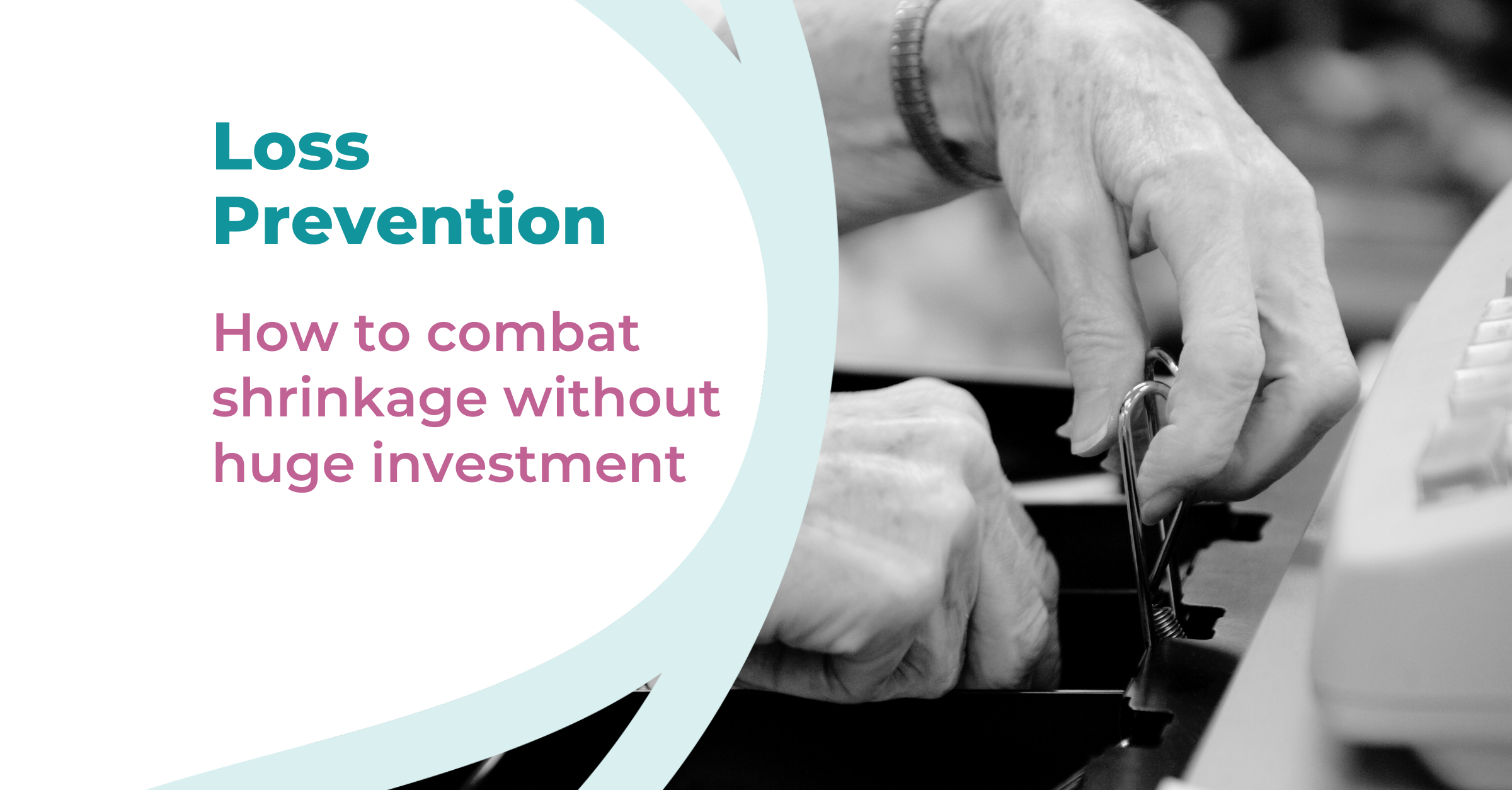Loss Prevention: How to combat shrinkage without huge investment
Make shrinkage identification easier – without having to invest heavily in loss prevention teams and systems.
By Shaun Penfold, Business Intelligence Team Lead at Retail Directions
Shrinkage is a critical concern for retailers, costing nearly $100,000 billion a year. And with over half of this loss being due to employee or internal theft and process or control failures, retailers looking to improve their bottom line need to find smarter ways to reduce shrinkage.
It’s especially vital as sales rise. In April 2023, in-store like-for-like sales in the UK climbed by 4.4%, yet theft, fraud and unexplained inventory shrinkage can quickly gobble up profits that retailers are only just clawing back.
So where should retailers begin when it comes to loss prevention?
Getting your house in order
While shoplifting has an obvious impact and can be spotted relatively easily, in-store employee fraud and theft can be equally devastating – yet harder to detect. According to the Centre for Retail Research (CRR), as much as 22% of retail shrinkage can be down to internal theft in the UK, while in the US the NRF’s National Retail Security Survey 2022 puts the figure at 28%.
With general employee theft jumping nearly a fifth (19%) as the cost of living crisis places extra pressure on people’s financial situations, the risks are high for retailers that aren’t fully aware of fraudulent activity that could be taking place in their stores.
A robust loss prevention strategy is a must for retailers to help protect profitability and reputation, build employee loyalty, and ensure compliance with legal requirements.
And retailers take security seriously, with 45% increasing their loss prevention budgets in 2022.
Headline-grabbing solutions include RFID and AI - sophisticated tools allow closer tracking of high-risk goods and fraud patterns. But while both have their place, they can be accompanied by a hefty price tag and complex implementations, as well as other barriers – for example, AI often requires analysis of offsite data.
Not all retailers have the luxury of dedicated loss prevention teams and associated budgets, and instead may need a simpler approach to identifying potential threats within their business. Equally for some, investing in commercial or off-the-shelf loss prevention tools might over-complicate the problem rather than uncover the low-hanging fruit that will quickly increase profitability.
How a POS system with BI features can help
A POS system with integrated business intelligence (BI) features such as loss prevention analysis, can help you identify discrepancies within your stores, highlighting potential problems that could be the result of fraudulent behaviour. They can also help to prioritise which anomalies are the most urgent to tackle and therefore would deliver the greatest returns in the shortest time frame once the problem is tackled.
This works by collating and analysing store POS data, ideally from a period of between three to six months, to create a range of ‘normality’ within the purchase data relating to a selection of set metrics commonly associated with fraud.
Six Sigma modelling - which identifies anything that deviates from that norm - allows retailers to pinpoint where unusual activity might be happening. That could be a store or sales assistant refunding an abnormally high percentage of a store’s total sales for the month, or a higher-than-usual proportion of cashiers manually entering barcodes. Or it could be a total value in drawer discrepancies, with specific cashiers identified as having a larger amount of shorts.
Such discrepancies may not necessarily be a result of fraud. For example, while a high number of price overrides could indicate a staff member reducing the price for their personal gain it may also be caused by incorrectly marked prices.
The loss prevention tool would highlight the anomaly which would enable divisional and regional managers to concentrate their remedial efforts on those particular stores and teams to understand what the cause might be, in this case reviewing price labelling in-store to check all items are priced correctly.
It’s important to focus on anomaly detection. For example, Six Sigma modelling would eliminate price overrides being performed by all stores for a promotional price that was not updated centrally. Such overrides are part of the ‘norm’ and won’t be flagged as unusual activity.
Similarly, after-hours refunds could be due to the refund process not being followed correctly, in which case store staff training would be identified as a requirement.
Historically, however, checking for such discrepancies has been a time-consuming, often overwhelming manual process - the manual checking of receipts for refunds, for example. This means it’s a task that may get sidelined because of the sheer daunting scale. It becomes a process which can be fraught with manual errors, plus a lack of appreciation of the full scope of the problem and the potential losses.
Without greater awareness of potential areas of weakness within the business (and the data accuracy and insights to highlight them), a snowball effect can often ensue. This is because the more staff believe they can get away with fraudulent actions due to retailer ambivalence, the greater the chance of an escalation of such behaviour.
Changing processes to combat loss
Importantly, however, fraudulent behaviour isn’t always to blame, so while such data abnormalities are generally indicative of fraud, investigations and corrective measures must be handled sensitively.
Genuine human error may be the cause, with another 25% of shrinkage losses attributed to mistakes, according to CRR. Instead, the answer could be simple – a training or education issue around the process or hardware, for example, which can be easily remedied.
If fraud is the cause, then the wider employee awareness that a retailer is running a tighter ship (as well as changing processes, such as who can authorise returns), could also cut fraudulent activity. This avoids unnecessary finger-pointing at staff or a wider-ranging initiation of disciplinary procedures.
Having the right tools to identify anomalies gives retailers the actionable insights they need to respond quickly, turning what might be gut instinct into fact with the data-based evidence to perform further investigation.
And this focus on shrinkage and where weaknesses are in your business can be a major part of the battle to reduce losses.
It may not be possible to eradicate retail shrinkage but the ability to reduce it is there for retailers that embrace the loss prevention tools at their disposal. Such tools don’t need to be all singing, all dancing systems with the latest bells and whistles led by huge loss prevention teams.
Simpler options can be as effective in helping retailers to better protect their inventory, increase profits and customer satisfaction and put valuable profit back on the bottom line.
And it may be more accessible and cheaper than you think.
ENDS
The Retail Directions Loss Prevention tool is part of the Retail Directions retail management platform. Find out more here.





.png?width=352&name=STEM%20Story%20Makers%20-%20Steph%20(5).png)
